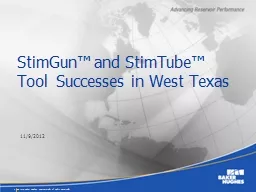PPT-1 Peter Fox and Greg Hughes
Author : celsa-spraggs | Published Date : 2018-11-03
Data Analytics ITWS4600ITWS6600 Group 4 Module 14 April 17 2017 Hierarchical Linear Models Optimizing Iterating ctd Iterating structure to regression Hierarchical
Presentation Embed Code
Download Presentation
Download Presentation The PPT/PDF document "1 Peter Fox and Greg Hughes" is the property of its rightful owner. Permission is granted to download and print the materials on this website for personal, non-commercial use only, and to display it on your personal computer provided you do not modify the materials and that you retain all copyright notices contained in the materials. By downloading content from our website, you accept the terms of this agreement.
1 Peter Fox and Greg Hughes: Transcript
Download Rules Of Document
"1 Peter Fox and Greg Hughes"The content belongs to its owner. You may download and print it for personal use, without modification, and keep all copyright notices. By downloading, you agree to these terms.
Related Documents














